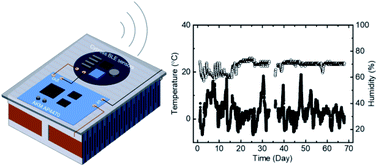Stable organic thermoelectric devices for self-powered sensor applications
Abstract
The feasibility of using organic thermoelectric devices to power sensors for different applications is a critical area of interest for researchers. Organic semiconductors possess lower thermoelectric performance than their inorganic counterparts, however, this can be compensated for by certain advantages, such as their light weight, low fabrication costs, and low fabrication temperatures. For practical applications, they face competition with Li-ion batteries, which are known for their high energy densities and long lifetimes. Thus, in addition to having a suitable corresponding power output, ideal organic thermoelectric devices require excellent stability. In this study, such a perspective was examined via primarily focusing on recent studies of organic thermoelectric devices and, particularly, their practical applications. The impact of contact resistance on device performance has been discussed, together with suggestions of certain promising device structures for organic thermoelectric devices. Experimentally, it was confirmed that light and compact organic thermoelectric devices with a size of ∼10 cm2 should be sufficiently suitable to power sensors. Moreover, these devices were confirmed to operate under natural cooling conditions without a heat sink, thus showing excellent stability for >70 days under continuous working conditions at 100 °C.



 Please wait while we load your content...
Please wait while we load your content...
